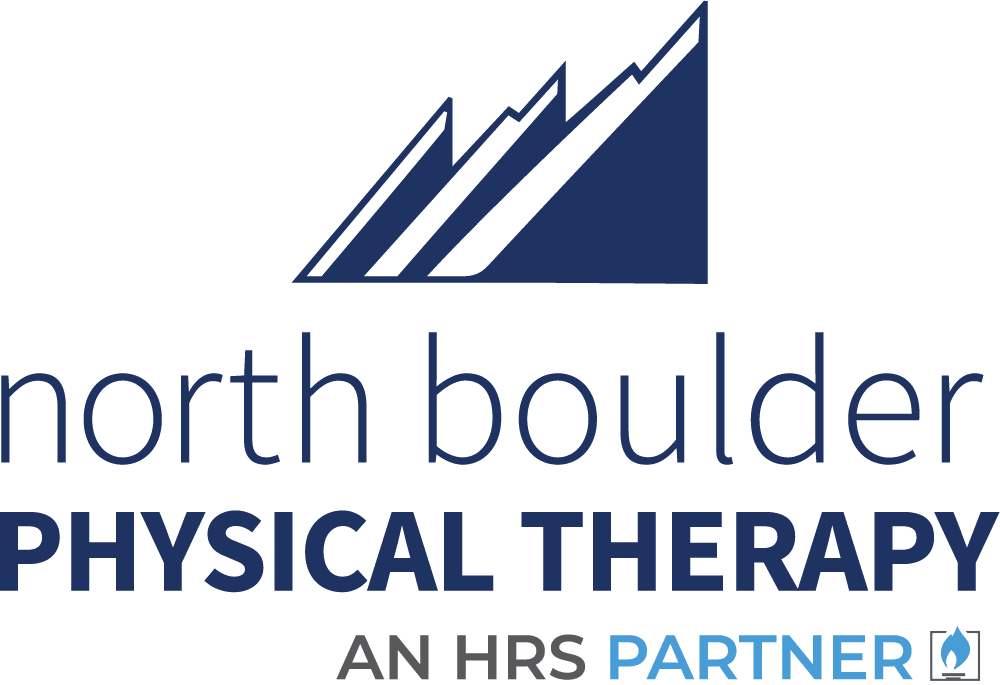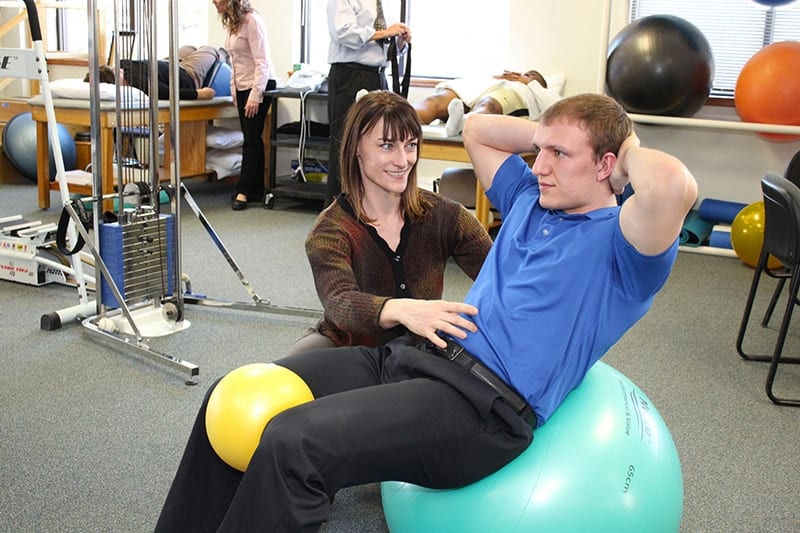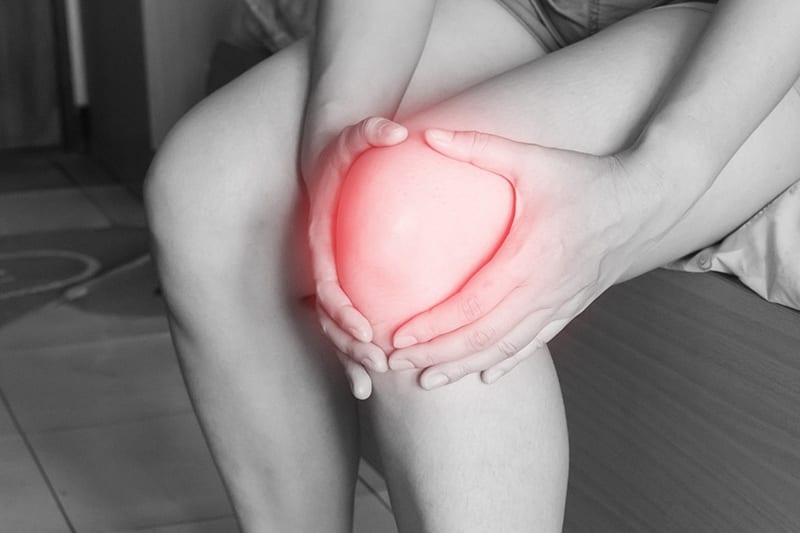 If you have balance problems when you walk, our physical therapists at North Boulder Physical Therapy can show you how gait training can help in stroke recovery. Strokes often create mobility problems but rehabilitation can help you regain your independence and your quality of life.
If you have balance problems when you walk, our physical therapists at North Boulder Physical Therapy can show you how gait training can help in stroke recovery. Strokes often create mobility problems but rehabilitation can help you regain your independence and your quality of life.
Did you know that according to a National Institutes of Health article, stroke is a leading cause of long-term disability and it usually involves problems with walking? Ninety percent of stroke survivors have some functional disability with mobility being a major impairment. Improving your ability to walk is a big goal for people living with a stroke. Walking also helps avoid heart disease and osteoporosis. Impairments resulting from stroke, like muscle weakness, pain, spasticity and poor balance can lead to a less active lifestyle.
Gait Training
Some gait problems result from muscle strength, motor control, and balance. After a stroke, it’s important both neurologically and physically to regain your walking abilities. Gait training is a type of physical therapy that helps you stand and walk, and prevent falls. It addresses your needs and gets you walking and active again so you can complete your rehabilitation and get back into life.
Our therapists will work with you on personalized skill-strengthening exercises focusing on weight-bearing, balance, and aerobic tasks often involving repetitive or long-distance stretches of walking. Gait training therapy is sometimes needed after joint replacements, amputations, and spinal cord injuries, as well as strokes and simply reaching an older age. It can improve muscles, posture, and endurance. Gait training also strengthens the nerves that were damaged during your stroke and reduces spasticity and weakness. Our goal is to help you regain your independence.
Walking
After suffering a stroke, walking for any length of time can be difficult. Almost all stroke patients learn to walk after a stroke, however, many walking problems remain. Solving those problems can improve muscular and neurological issues by building muscle mass and improving bone density. By gaining a wider range of movements it also improves your circulatory and internal organ function.
Six-Minute-Walk Test
The Six-Minute-Walk (6MWT) test is used to diagnose your level of independence because it’s important that the gait-training is safe and will benefit you. According to the National Institutes of Health article, 65 to 85 percent of stroke survivors relearn to walk by six months after the stroke, but gait problems persist. Walking endurance, measured by the distance you can walk in 6 minutes is still one of the hardest things to overcome after a stroke.
Poorer walking endurance in people with stroke correlates to lower paretic hip bone density, a condition which contributes to the risk of hip fractures. Walking speed and walking endurance relates to oxygen uptake during a treadmill stress test in people with stroke and relates to the functional capacity of your heart.
Fall Risks
A major concern after a stroke is the risk of falls once you go home because of muscular atrophy, slow reflexes, loss of balance, cognitive changes, and vision impairment. Gait training can help you prevent these falls. We will work with you on muscle support, balance, and equilibrium training. Sometimes you can’t lift the front part of your foot because you are weak or the muscles are paralyzed. When this happens, your toes drag across the floor when you walk. This can cause you to fall.
The National Institutes of Health article talks about treadmill training and mobility training as effective therapies to improve walking for stroke survivors.
Treadmill Training
Treadmill training, with or without an added support system, has been shown to contribute to increased walking speed, body-weight-bearing capacities, and balance improvement. Treadmill training allows therapists to keep track of oxygen uptake which helps measure cardiovascular health. Treadmill training may also have neurophysiological benefits and activation of the paretic muscles. Treadmills with a body-weight support system help lower- functioning people who can’t safely be supervised.
Repetitive-Mobility Training
Repetitive mobility-training exercises are often used along with treadmill training. The focus is on small, repetitive movements. It can also help improve equilibrium, posture, and individual muscle reinforcement. Our therapy focuses on your healing, seeks to improve your walking, which will bring a more active life, independence, and health.
According to the National Institutes of Health article, these programs may have these components:
- Graded strengthening using functional tasks (repetitive rise from a chair, stepping up and down a stepper)
- Aerobic component (graded walking activity, stationary bicycle or goal of continuous period of functional tasks at least at a moderate intensity)
- A variety of challenging walking activities with substantial postural control demands (e.g., walking backward, on foam or stepping over obstacles).
The intensity and the challenge of the activity are continually increased to provide a maximal challenge to the participant.
Sense of Balance
The sensory system that provides the sense of balance and spatial orientation to coordinate movement with balance is the vestibular system. If your vestibular system has been diagnosed as the root of the problem, your physician may refer you to North Boulder Physical Therapy for balance and vestibular rehabilitation.
Here, you will be assessed by physical therapists who are specially trained in treating these disorders. We’ll evaluate your physical performance with encountered environments and fall risk. Then we will design an exercise program that addresses your balance, dizziness, and your overall fitness.
Our balance therapy includes:
- Strengthening
- Safety awareness
- Postural and balance exercises
- Gait exercises
- Vestibular stimulation
- Proprioception tasks
- Sensory integration
- Patient education
At North Boulder Physical Therapy, we believe that educating each of our patients helps them understand their condition and why physical therapy is so important. Our therapists can work with you by creating a fully personalized program, starting with further insight on how gait training can help in stroke recovery. We offer four different locations for you to choose from, so please don’t hesitate to reach out to our trusted professionals for help in your own recovery or the rehabilitation of a loved one. We offer quality care in a safe, supportive environment!



